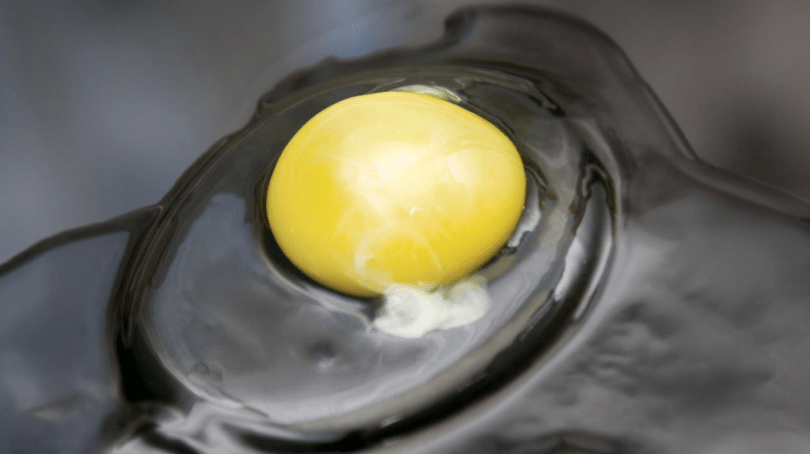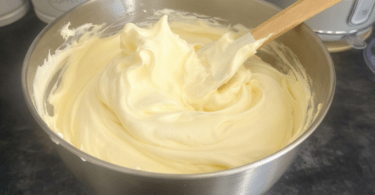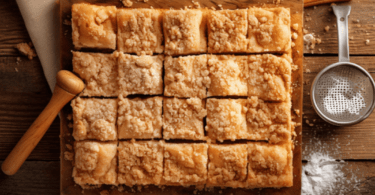What Is That White Stringy Thing in Your Egg? A Nutritionist Explains
If you’ve ever cracked open an egg and noticed a white, stringy structure attached to the yolk, you might have wondered, “What is this, and is it safe to eat?” As a nutritionist and food enthusiast, I’m here to clear up the mystery and assure you that this little stringy thing is not only harmless but also a sign of a fresh egg.
Meet the Chalaza: The Egg’s Natural Anchor
The white stringy structure you see in the egg is called the chalaza (pronounced kuh-LAY-zuh). Its primary role is to keep the yolk centered within the egg white (albumen). Think of it as the egg’s natural suspension system, ensuring the yolk stays protected and stable as the egg develops or is handled.
Chalazae are made of protein and are completely edible. In fact, their presence is a good indicator that your egg is fresh. The more prominent the chalaza, the fresher the egg!
Why Is the Chalaza Important?
The chalaza plays a crucial role in the egg’s structure and function:
- Protects the Yolk: By anchoring the yolk in place, the chalaza prevents it from moving around too much, which is especially important for fertilized eggs.
- Indicates Freshness: As eggs age, the chalaza becomes less visible. If you see a strong, coiled chalaza, it’s a sign that your egg is fresh and high-quality.
Is It Safe to Eat?
Yes, the chalaza is completely safe to eat! It’s just a natural part of the egg and doesn’t affect the taste or texture of your dish. However, if you find it unappealing, you can easily remove it with a spoon or fork before cooking.
How to Use Eggs with Chalazae in Cooking
Whether you’re making scrambled eggs, baking a cake, or whipping up a frittata, the chalaza won’t interfere with your recipe. In fact, it will blend seamlessly into your dish once cooked. If you’re a baker, you might notice the chalaza when separating egg whites from yolks, but it won’t affect the outcome of your baked goods.
Fun Fact: The Chalaza and Egg Freshness
If you’re ever unsure about the freshness of your eggs, the chalaza can be a helpful clue. Fresher eggs have more prominent chalazae, while older eggs have weaker or less visible ones. This is why farm-fresh eggs often have a more noticeable chalaza compared to store-bought eggs that have been sitting on shelves for a while.
Final Thoughts
The chalaza is a fascinating and functional part of the egg that often goes unnoticed. Now that you know what it is, you can appreciate its role in keeping your eggs fresh and delicious. So, the next time you crack open an egg and see that white stringy thing, you can smile, knowing it’s a sign of quality and nature’s clever design.
Have you noticed the chalaza in your eggs before? Let me know in the comments if you’ve ever wondered about it or if you have any egg-related questions!
Enjoy your eggs, and happy cooking! 🥚🍳








